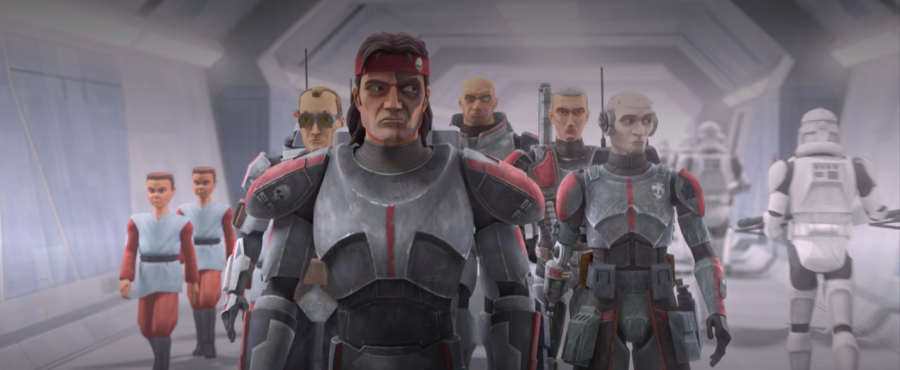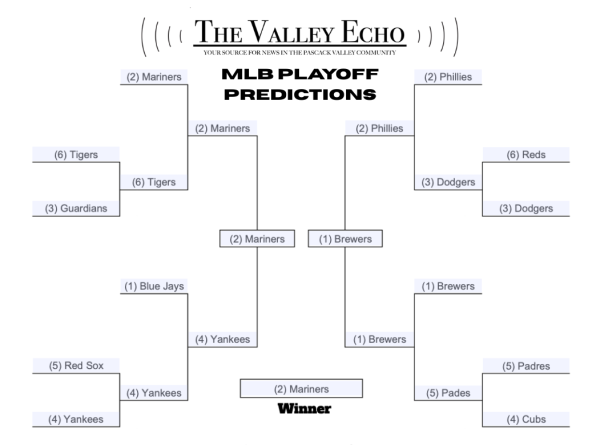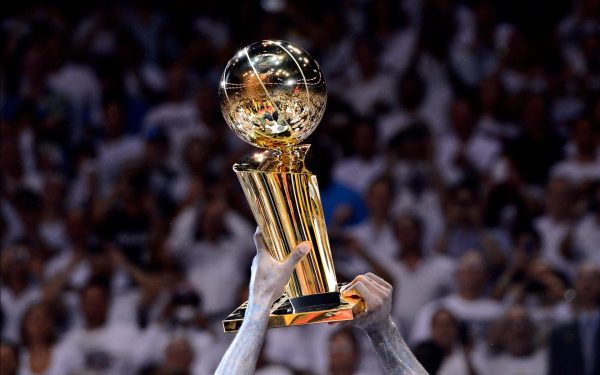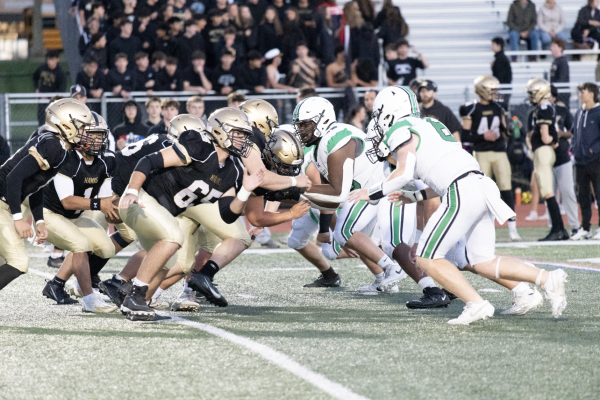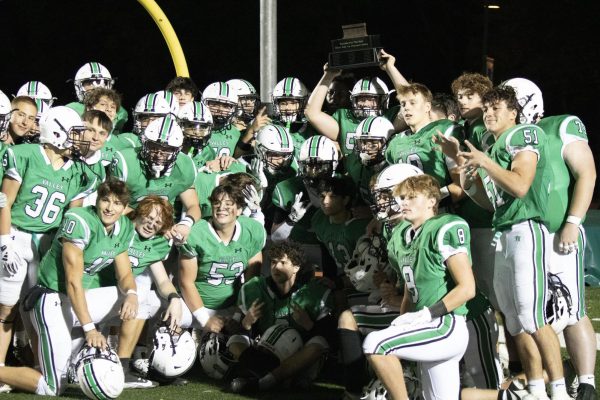‘Bad Batch’: Disney’s new comfort show
Fair use from www.disneyplus.com
Season one of Disney’s Bad Batch: Star Wars was released on May 4,2021. This spinoff follows Clone Force 99, also known as the Bad Batch, as they navigate through a new galaxy during the rise of the Galactic Empire.
It’s official: I’ve found my new comfort show.
How can a tale about a group of specialized clones trying to make their way in the galaxy during the development of the iconic Empire, which we know from the original trilogy of Star Wars films, make me laugh, gasp, pause, and pace all in one episode? Any show that can do all that is a favorite in my book.
Originally, I thought the Star Wars shows airing on Disney+ were going to be boring and unnecessary, save for The Mandalorian and the final season of Star Wars: The Clone Wars. I mean, The Bad Batch is just about clones… again. What’s going to be special about this one?
Well, if Star Wars can make me love clones once, as they did with The Clone Wars, they can do it again.
The term ‘clone’ makes you think that each character will be exactly the same, just another soldier fighting in a war and for screentime alike. However, as The Clone Wars proved, and The Bad Batch proved yet again, each clone has his own personality, voice, mannerisms, and appearances (such as signature tattoos or different hairstyles) that make them all different, engaging characters that keep you watching each week. Honestly, the clones of Clone Force 99, now dubbed the Bad Batch, and their heightened abilities are second to their lovable nature.
For instance, the original Batch is made up of Hunter (whose senses are amplified to make him great at… you guessed it, hunting and tracking), Wrecker (the strong one), Tech (the smart one), and Crosshair (the one exceptional with a blaster). Also aligned with this group is Echo, a ‘Reg,’ (also known as a regular clone, one born without enhanced abilities) who joined them recently, as we saw at the start of the final season of The Clone Wars. Just by looking at the group, only with these descriptions, you’re probably thinking of another film or television quartet with these exact same abilities— there’s plenty (like the Teenage Mutant Ninja Turtles, for example— that’s where my brain went at first)! Although, what sets the Bad Batch apart from the others is their brotherly dynamic— including, but not limited to, the conflicting natures of the logical Tech and the emotional Wrecker, which often sprouts bickering among them. However, as they’re brothers, they know when to dismiss such insignificant matters in favor of something more important… like, instead of fighting amongst themselves, they often switch to fighting their enemies— such as how, in the first episode, when they were discussing why Wrecker likes to destroy things, and when a Reg interrupted them to call them the “Sad Batch” instead of the Bad Batch, both were ready to start a food fight at their newly-formed foe. This bond keeps them connected even when distance and a “difference in ideology,” as Tech puts it, sets them apart.
Then, with the addition of Omega, a young, female clone from their home planet, Kamino, viewers get to see how this dynamic extends to her, and how the Batch go about taking care of a child during a war-like setting (because the Clone War has technically ended at this point), one where all of them are wanted —dead or alive— for one reason or another. This caring dynamic ties directly into Star Wars’ overarching theme: family.
Not only being the quintessential example of what Star Wars is all about, The Bad Batch, like The Mandalorian, is yet another show that connects the times between the trilogies. The three Star Wars trilogies have a lot of gaps in between the movies, which causes confusion in how one thing was phased out, and one thing rose to power. For example, it’s implied that the Empire rises to power across the galaxy between Episode III: Revenge of the Sith and Episode IV: A New Hope, but the details were never explored— until now, that is. Now, we know how currencies were all changed to one universal credit, how the Grand Army of the Republic (also known as the clone army) morphed into the Stormtroopers, and why said Stormtroopers have terrible aims— yes, that last one is true. The new army, organized by the Empire, had begun phasing out clones and is now compiled of volunteers from across the galaxy, not clones born and trained since birth to be soldiers… thus, worse aim.
In terms of animation, which is in the same style as Star Wars: The Clone Wars, is just gorgeous. Not many times in animation have I seen cobwebs or kicked-up dust by a landing ship so realistic before. Even in the two years since The Clone Wars: Season seven, we can see less jolty movements from the characters, further adding to their realistic nature, and, ultimately, their appeal. Also, Lucasfilm loved to play with focus here; two clones are talking, and if we’re close to their faces and to the side of one, it shifts between them smoothly. Also, want to focus on a plant in the foreground after watching a character (Hunter) run into the scenery? Sure! Let’s do that, and make it seamless!
Some people argue that there were too many filler episodes in this show, and that because something crucial didn’t occur in each episode, some scenes were irrelevant. I disagree. Each episode helps develop the personalities of the Batch so viewers can see each one as a rounder character, whether that be demonstrated in the form of random adventures they go on to get money, or through laughable comments (i.e. Tech snapping, “Be careful with my ship!” to Wrecker, who’s helping fix it. “Your ship?” Wrecker responds angrily).
It’s hard to find words to thoroughly summarize The Bad Batch to close out this article, because there are so many positive ones to use. So, I’ll give my rating instead: 9.5/10. Nothing has yet to top the final season of Star Wars: The Clone Wars, but this show got pretty close.


